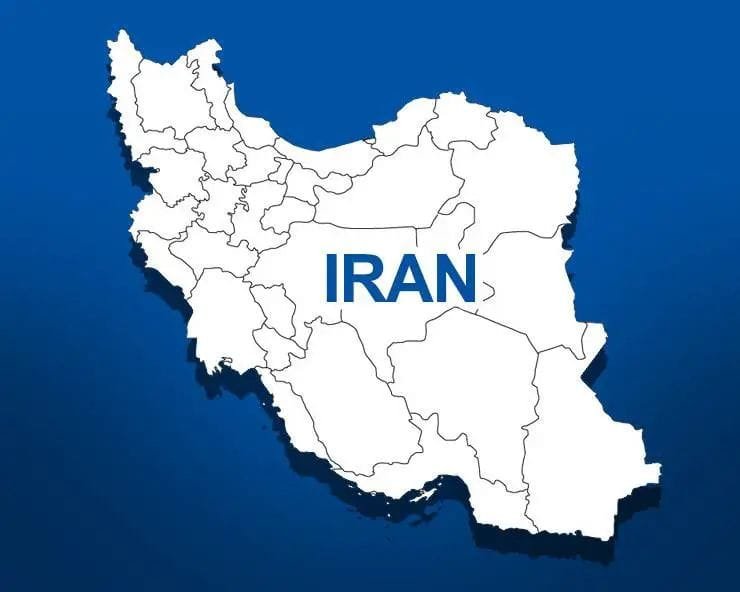Iran, once the heartland of Zoroastrianism, underwent a profound transformation following the Arab conquest in the 7th century CE, leading to its evolution into a predominantly Muslim state. This shift not only altered the religious landscape of the region but also forced many Zoroastrians to seek refuge elsewhere, giving rise to the Parsi community in India. Today, the Parsis are a thriving yet shrinking minority, celebrated for their cultural and economic contributions while striving to preserve their ancient heritage. This article delves into the historical transition of Iran and the legacy of Zoroastrians in modern times.
The transformation of Iran from a predominantly Zoroastrian country to a Muslim state was a gradual process marked by significant historical events, cultural shifts, and migrations. Here’s an overview:
- Iran’s Zoroastrian Past
Zoroastrianism’s prominence: Zoroastrianism, one of the world’s oldest monotheistic religions, originated in ancient Persia (modern-day Iran) around the 6th century BCE. It became the state religion during the Achaemenid Empire (550–330 BCE) and later under the Sassanian Empire (224–651 CE).
Zoroastrian teachings: The religion emphasizes the duality of good (Ahura Mazda) and evil (Angra Mainyu), along with the importance of good thoughts, good words, and good deeds.
- The Arab Conquest (7th Century CE)
Battle of Qadisiyyah (636 CE): The Arab Muslim forces defeated the Sassanian Empire, marking the start of the Islamic conquest of Persia.
Fall of the Sassanian Empire (651 CE): The assassination of the last Sassanian ruler, Yazdegerd III, left Persia without centralized leadership, facilitating Islamic rule.
Cultural and religious shifts:
Zoroastrians faced heavy taxation (jizya) if they did not convert to Islam.
Over time, economic pressure, social mobility associated with Islam, and persecution contributed to mass conversions.
- Decline of Zoroastrianism
Marginalization: Zoroastrians were gradually reduced to a minority, often living in secluded communities.
Persecution: They faced waves of persecution under various Islamic rulers, leading many to flee Persia.
- Migration of Zoroastrians to India
Around the 8th–10th centuries CE, many Zoroastrians migrated to India, seeking religious freedom. They settled primarily in Gujarat and became known as Parsis (derived from “Persians”).
Integration in India: The Parsis adapted to local customs while preserving their religious identity. They thrived as a community, contributing significantly to India’s culture, economy, and politics.
- Parsis Today
Population: The Parsi population is concentrated in India, particularly in Mumbai and Gujarat. Smaller communities exist in Pakistan, the United States, Canada, and the UK.
Contribution: Parsis have been influential in various fields, such as business (e.g., Tata Group), science, and the arts.
Challenges: The community faces issues like declining population due to low birth rates and intermarriage restrictions, which have led to concerns about their demographic sustainability.
Modern Zoroastrians in Iran
Minority status: Zoroastrians are recognized as a religious minority in Iran, with constitutional rights to practice their faith.
Challenges: Despite this recognition, they face societal discrimination and restrictions in a predominantly Islamic society.
Numbers: The Zoroastrian population in Iran today is small, estimated at around 25,000–30,000.
Legacy
Zoroastrianism’s influence persists in many aspects of Persian culture, including Nowruz (Persian New Year), which remains widely celebrated, and its philosophical ideas, which have shaped global religious thought. Meanwhile, the Parsi community continues to be a vibrant and respected group globally.












